Why Is My Blink Camera Foggy at Night? Troubleshooting Guide
Home security has never been more accessible with the entry of smart cameras. Devices like the Blink camera have brought advanced surveillance within reach of everyday households. With features like motion detection, continuous recording, and real-time alerts, these cameras are a powerful security tool in a compact form.

But even the most reliable outdoor security cameras can experience performance issues, especially when environmental conditions change. One of the most common problems Blink users face is foggy or blurry footage at night. This not only affects video quality, but also compromises your security. If you've asked yourself, “Why is my Blink camera foggy at night?”—you’re not alone. Whether your camera is dedicated to outdoor use or set up for indoor use, it is prone to fogging, especially with changing temperatures.
In this comprehensive troubleshooting guide, we’ll uncover what causes night-time fogging, how to fix it quickly, and what long-term solutions can help maintain crystal-clear camera views even in the harshest conditions.
🛒 Explore Smart Camera Accessories to Improve Video Quality
Causes of Foggy Footage at Night
There are several potential reasons for foggy nighttime images from your Blink camera. Let’s explore the most common causes:
Infrared (IR) Light Reflection & Overexposure

Like may CCTV cameras, Blink cameras rely on infrared (IR) LEDs for night vision. These LEDs emit invisible light that allows the camera to capture footage in the dark. However, when this IR light hits a reflective surface—like a nearby white wall, window, or even rain droplets—it can bounce back into the lens, causing a foggy or overexposed image.
Some users may get a foggy picture triggered by IR glare reflecting off some white stone next to their front doorbell camera. This bounce-back effect doesn’t just reduce visibility and degrade video quality; it can also cause false motion alerts when combined with glare or shifting shadows.

To combat this issue, Blink Floodlights can be a great addition to your setup. By providing additional ambient light, Blink Floodlights can help illuminate the area and reduce the need for infrared night vision, which often contributes to reflection-based fogging.
Dirt, Dust & Smudges on the Lens

A dirty camera lens—especially during the day—might seem harmless. But at night, when the camera relies on limited light sources, even a thin layer of dust or smudges can scatter IR light and cause blurry or halo-like images. Fingerprints, pollen, and rain residue are typical culprits.
Cleaning the lens incorrectly or too harshly can scratch it, leading to permanent image distortion. A microfiber cloth is always recommended for gentle, streak-free cleaning.
Condensation & Internal Moisture Buildup
Perhaps the most frustrating issue is condensation forming inside the camera lens. This is common in humid environments or after rapid temperature changes, like going from a warm day to a cool night. When condensation occurs, moisture collects on the warm side of the lens glass, creating a foggy appearance that only clears when temperatures stabilize.
Once inside, moisture is hard to remove and can damage the internal electronics over time. Moisture can even cause corrosion and long-term performance issues.
🔗 Read: What Causes Video Loss in Security Cameras
Quick Fixes to Clear a Foggy Blink Camera
If your Blink camera is already fogging up, here are some fast and effective fixes to restore visibility.
🛒 Shop Accessories for Blink Cameras
Use the Right Cleaning Methods
Start with the basics—clean your lens using a dry microfiber cloth. If fog persists on the outside, use an anti-fog lens spray compatible with plastics and glass. If moisture is inside the lens, use a hair dryer on a low setting to gently warm the camera. Never open the device unless you’re certain it won’t void your warranty.
Adjust Your Camera’s IR Sensitivity

In some Blink models, you can toggle night vision between Auto, On, and Off. Experiment with turning off IR night vision and rely on ambient light sources such as porch lights to maintain visibility. This can reduce glare and fog while preserving motion detection capabilities.
Pro Tip: After toggling IR settings, be sure to hit save and monitor results over a few nights for consistency.
Reposition Your Camera to Avoid Reflection Issues

If IR reflection is the problem, adjust your camera’s angle slightly downward. Ensure it doesn’t face directly into bright surfaces like white siding or glass. If necessary, use a mounting device, such as a gutter mount or a rotatable metal mount, or install it slightly farther from reflective objects to prevent light from bouncing back.
Floodlights for Smart Cameras: A Smart Upgrade
While many outdoor security cameras, including Blink, rely on infrared (IR) for night vision, the addition of floodlights can significantly improve nighttime footage. Floodlights for smart cameras provide continuous, bright lighting that enhances video clarity and minimizes the reliance on IR lighting, which can sometimes contribute to fogging or reflection issues.
Long-Term Solutions: Prevent Your Blink Camera from Fogging Up
If fogging is a recurring issue, consider implementing one or more of these long-term solutions:
🔗 Learn More About Blink Night Vision
Install an Anti-Fog Film Over the Lens
Anti-fog films are used in helmets and goggles, but they also work for camera lenses. These transparent films reduce the surface tension of water droplets, preventing fog from forming. Apply them carefully to avoid blocking the camera view.
Place Silica Gel Inside Battery Housing
Silica gel packets absorb moisture from the air. Some Blink cameras include silica packets from the factory, and users are advised not to remove them. If your device didn’t come with one, you can add silica beads inside the battery compartment—just ensure they don’t interfere with the camera’s electronics.
Use a Small Security Camera Heater or Anti-Fog Housing
For those in cold or humid climates, miniature camera heaters or weatherproof housings with built-in ventilation can make a significant difference. Heaters prevent the internal glass from reaching the dew point where condensation occurs.
Note: Installation may require technical skill and could void your warranty, so always consult with the manufacturer first.
Improve Air Circulation Around Your Camera
Don’t mount your camera in an enclosed or poorly ventilated area. Avoid placing it in tight corners or under overhangs with no airflow. Good air circulation helps remove moisture and stabilizes temperature, reducing condensation.
Blink Camera Night Vision vs Other Brands: Is Fogging a Common Issue?
Fogging at night isn’t exclusive to Blink. Other brands like Ring, Arlo, and Google Nest also face similar issues—but with varying levels of success in managing them.
Arlo, for example, offers models with full-color night vision that use low-level ambient light, reducing dependency on IR LEDs and thus minimizing reflection. Nest cameras often have better seal ratings and humidity control, making them more resistant to environmental fog.
In contrast, Blink’s affordability sometimes means fewer advanced weatherproofing features, which can contribute to more fogging under extreme conditions. Pairing your Blink camera with Blink Floodlights could help reduce the reliance on infrared lighting, leading to less fogging and clearer night-time footage.
🔗 See Which Camera Offers the Best Night Vision in 2024
FAQ
Why does my Blink camera fog up at night but not during the day?
At night, temperatures drop and humidity rises. If the camera’s internal temperature is different from the outside air, condensation occurs on or inside the lens, especially during the transition from evening to night.
Can I disable infrared night vision to stop the fogging effect?
Yes, turning off IR night vision can reduce glare and fog, especially if you have sufficient ambient lighting. However, you’ll lose visibility in complete darkness unless you add external light sources.
Does a foggy camera trigger false motion alerts?
Absolutely. Fog, glare, and light flares can all cause the camera to misidentify movement, resulting in frequent false notifications—especially near busy streets or with reflective surfaces nearby.
Are there official Blink accessories to prevent fogging?
Blink doesn’t currently offer anti-fog kits, but you can find third-party weatherproof housings, anti-glare shields, and lens covers that help prevent moisture buildup. Explore Blink Accessories Here
How do I keep my outdoor Blink camera clear in winter?
In winter, keep your Blink camera dry and warm. Use silica gel packets, weather housings, and even temporary removal during severe cold spells to allow the internal components to dry. Avoid pointing the camera directly at snow-covered or reflective surfaces.


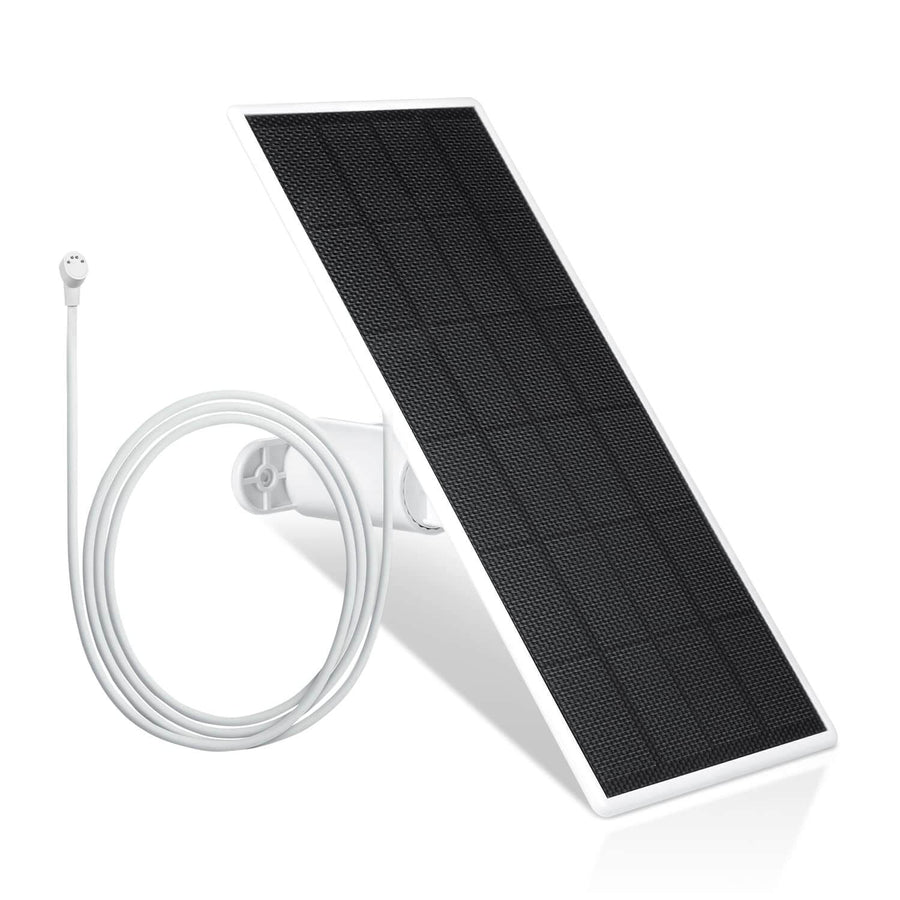
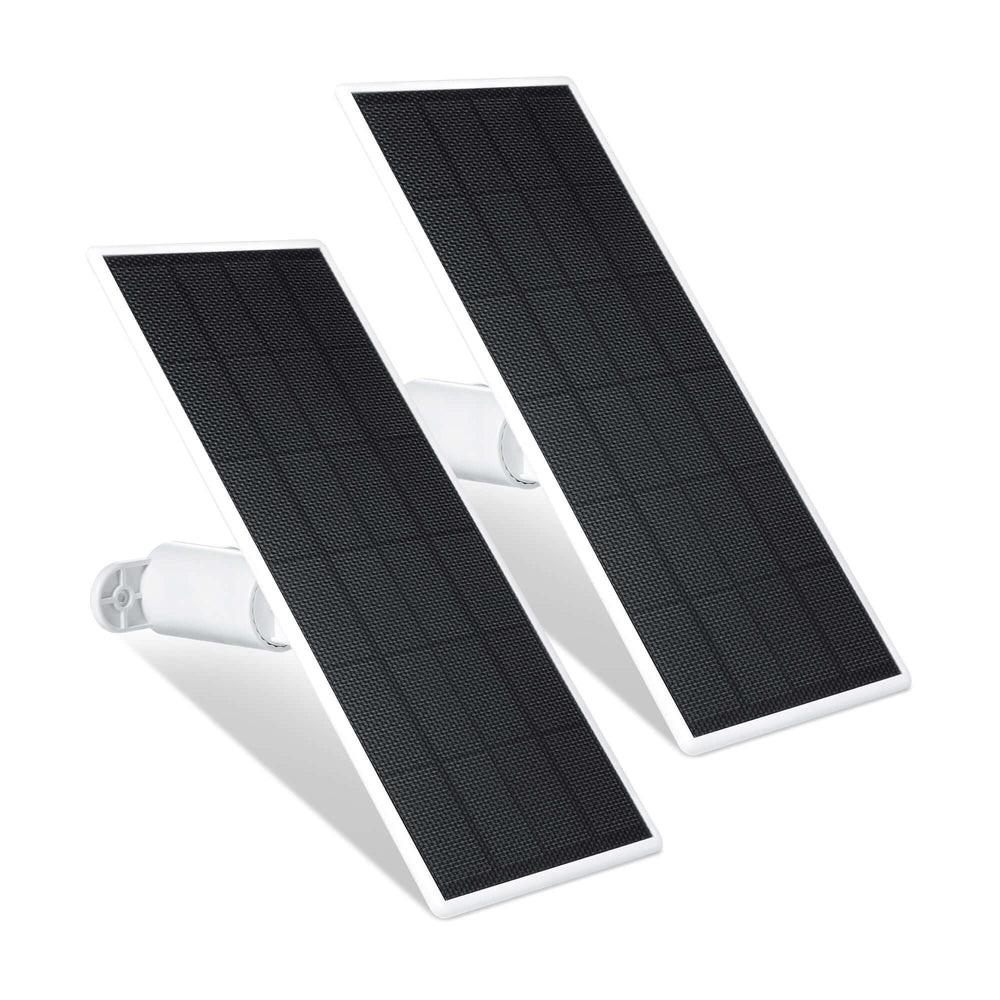
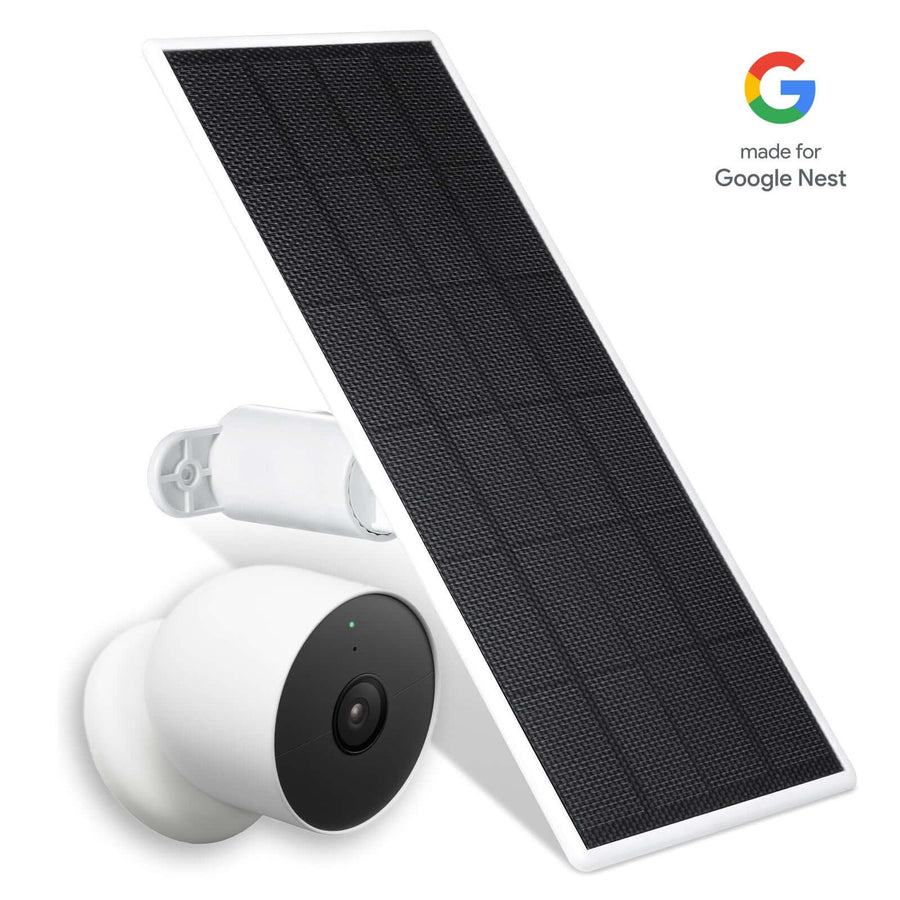
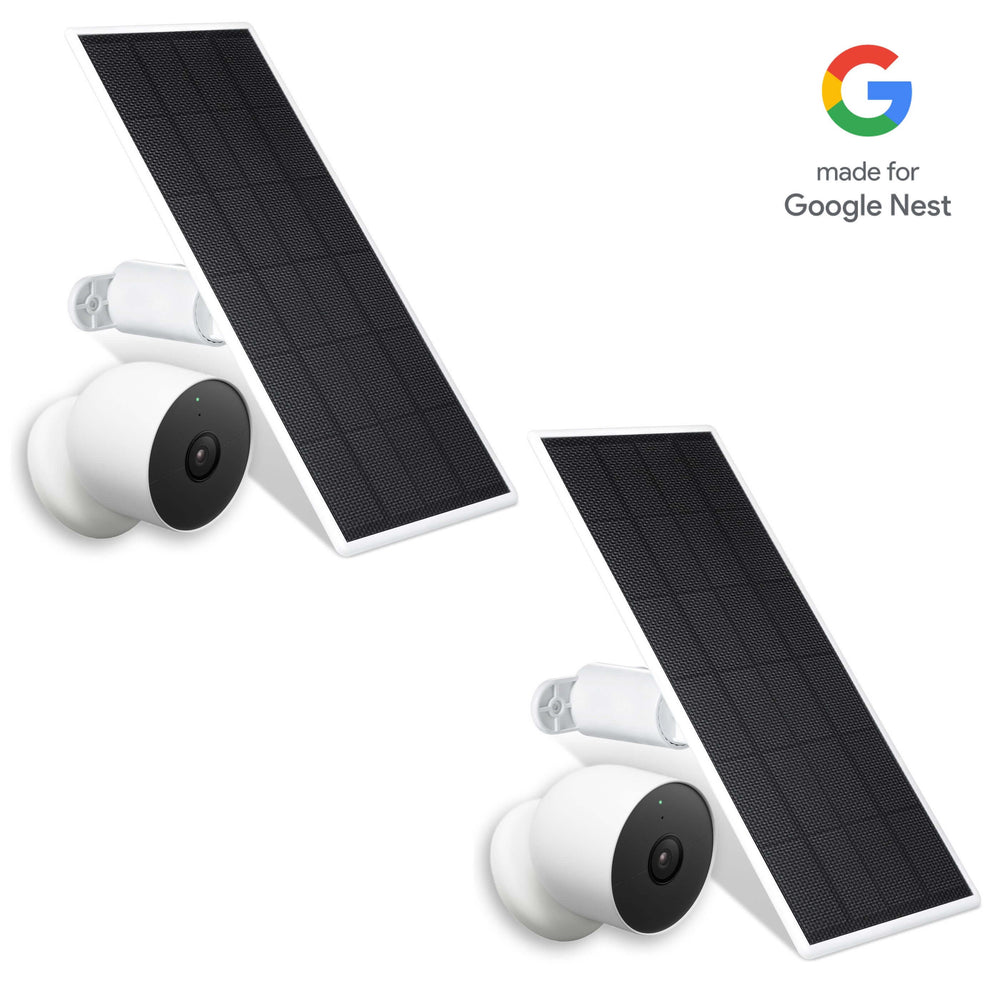
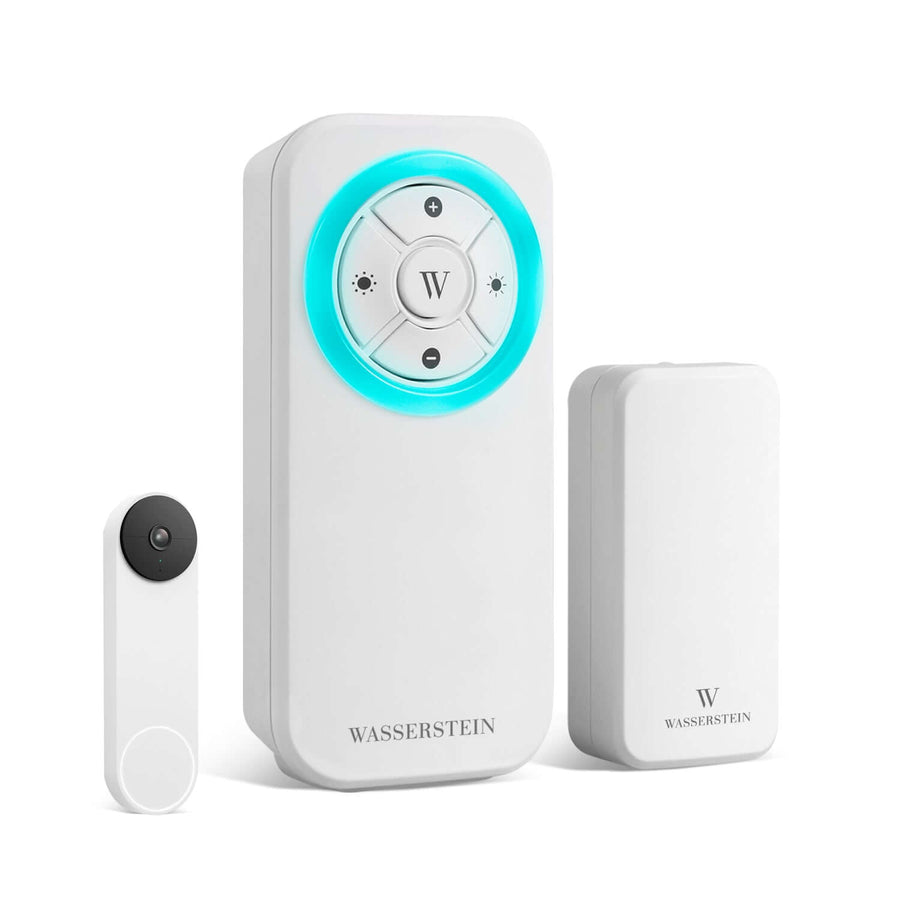
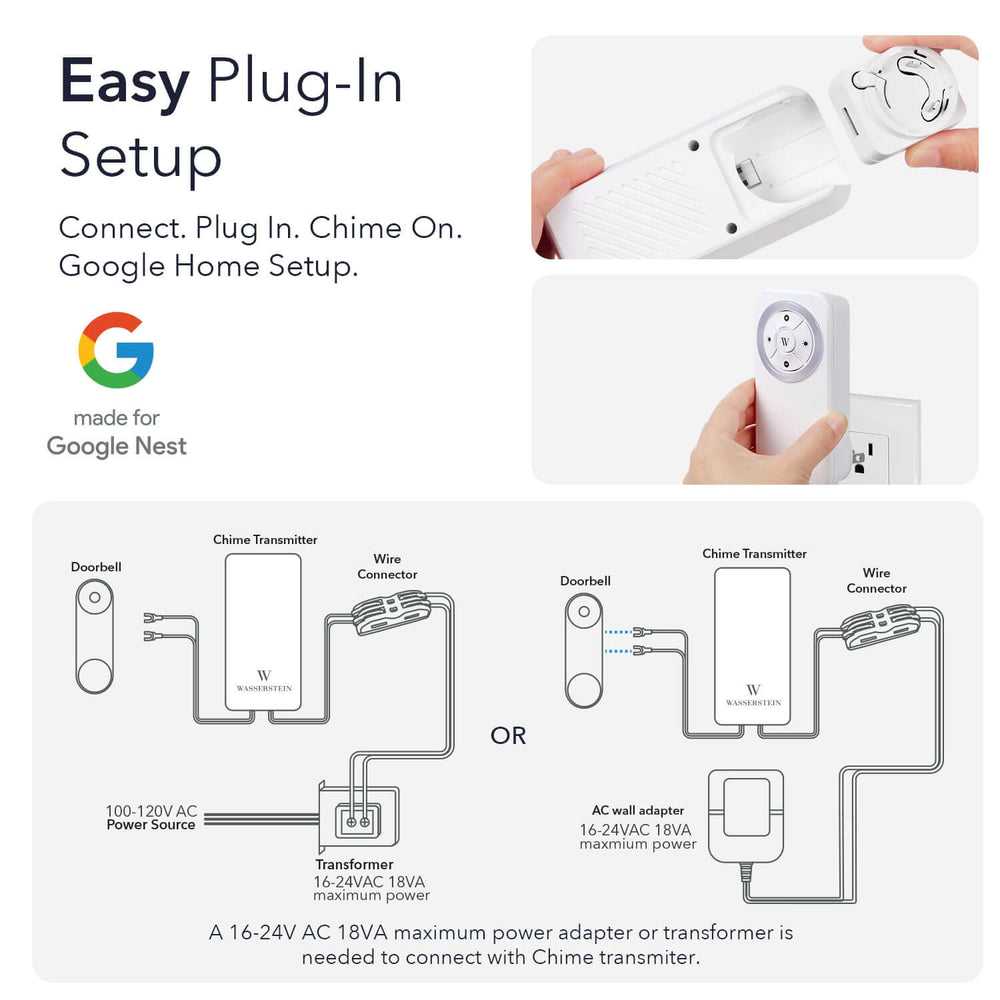
Leave a comment